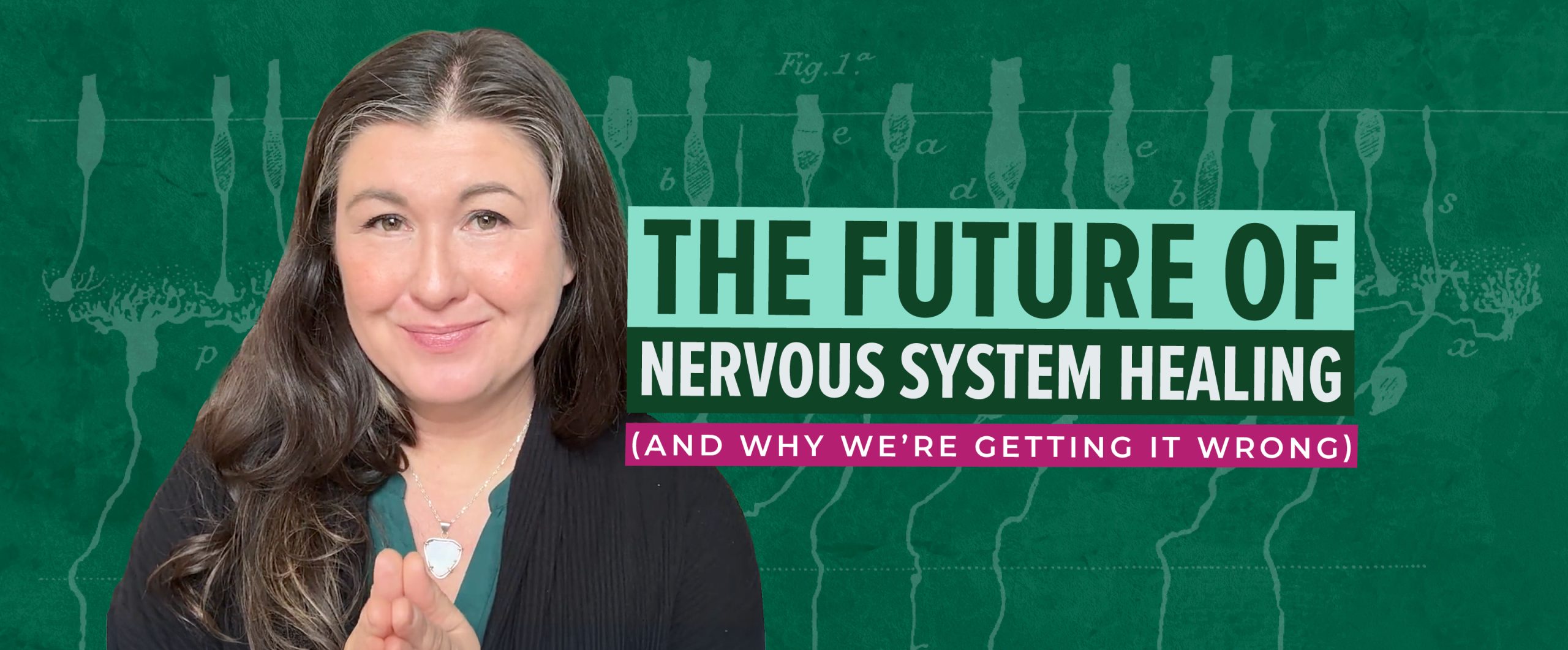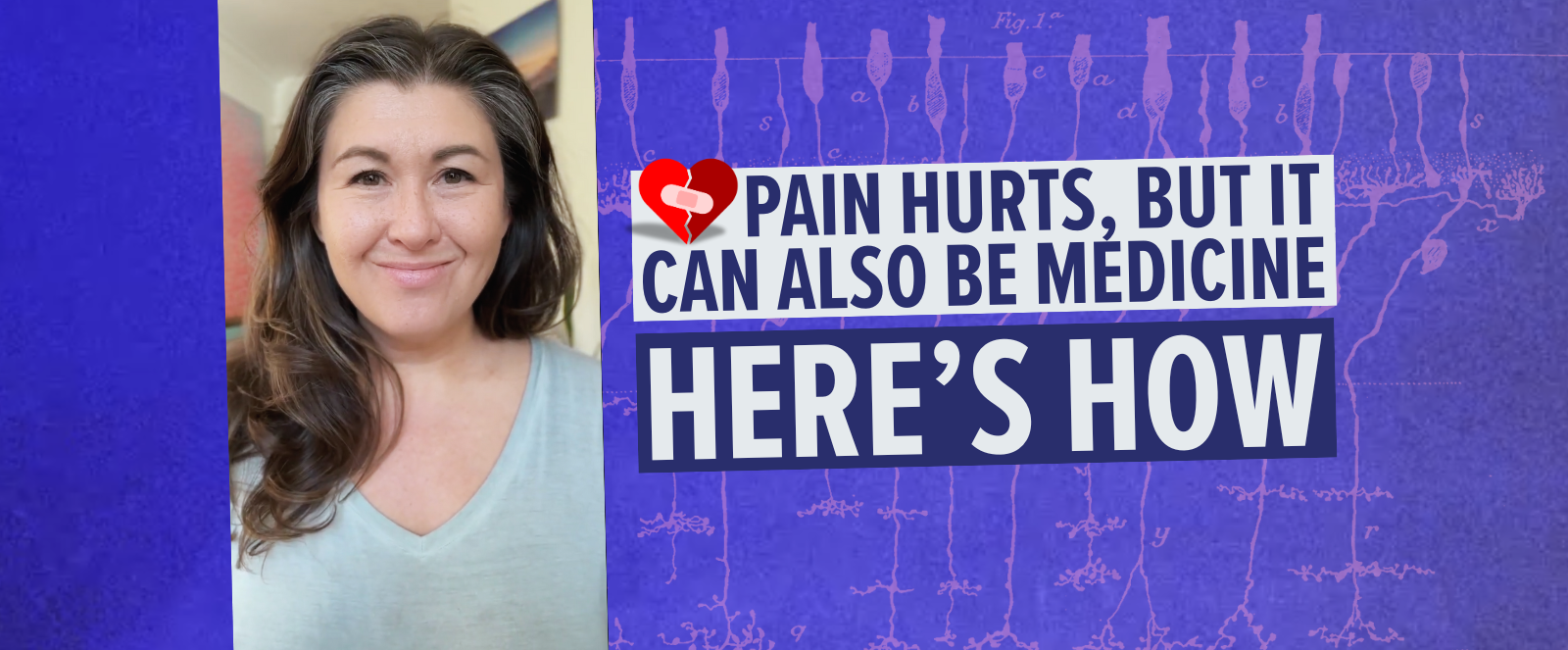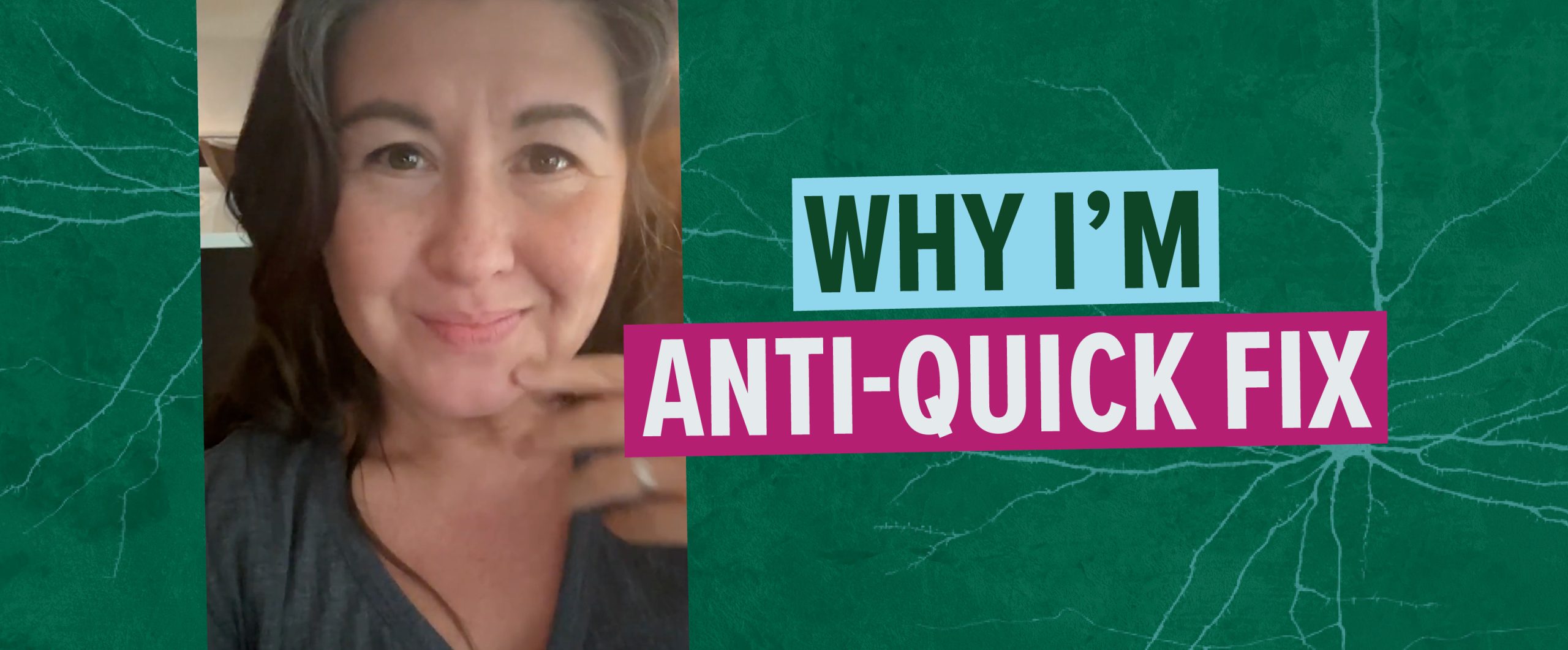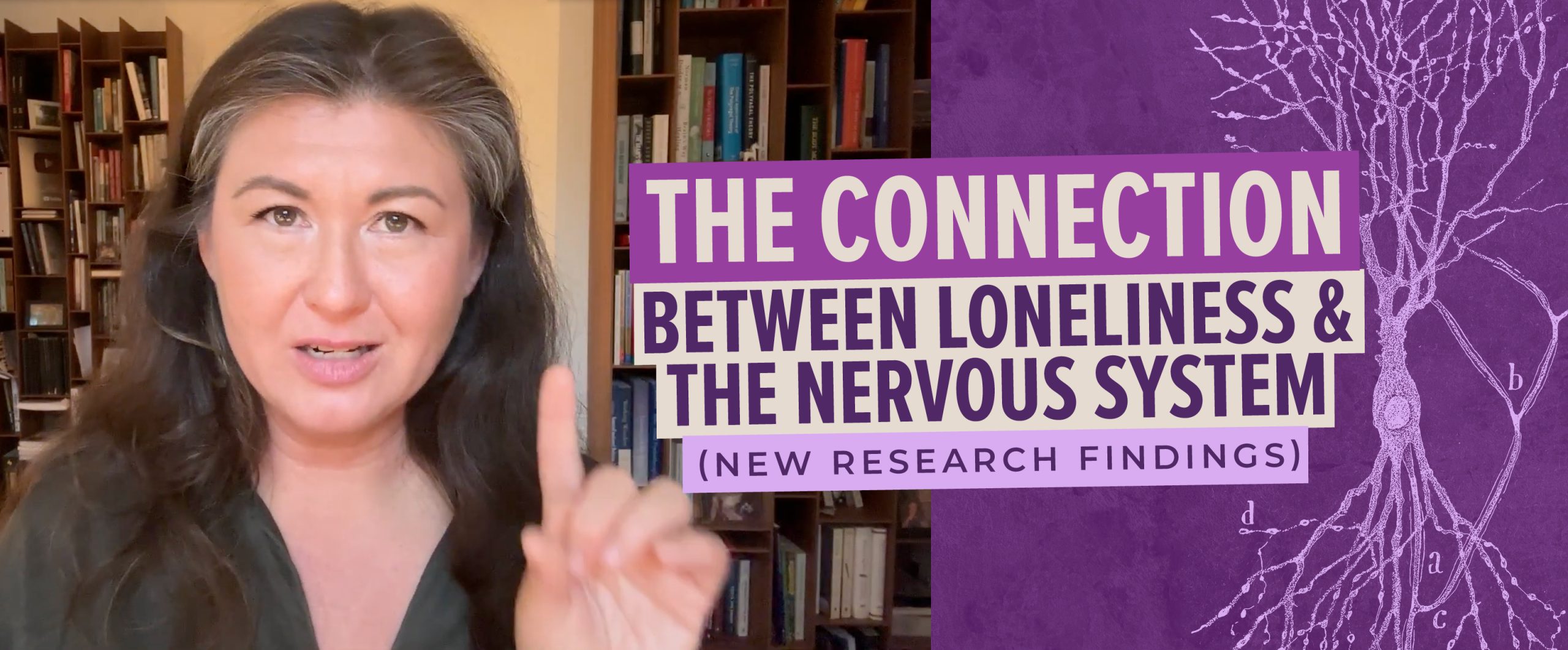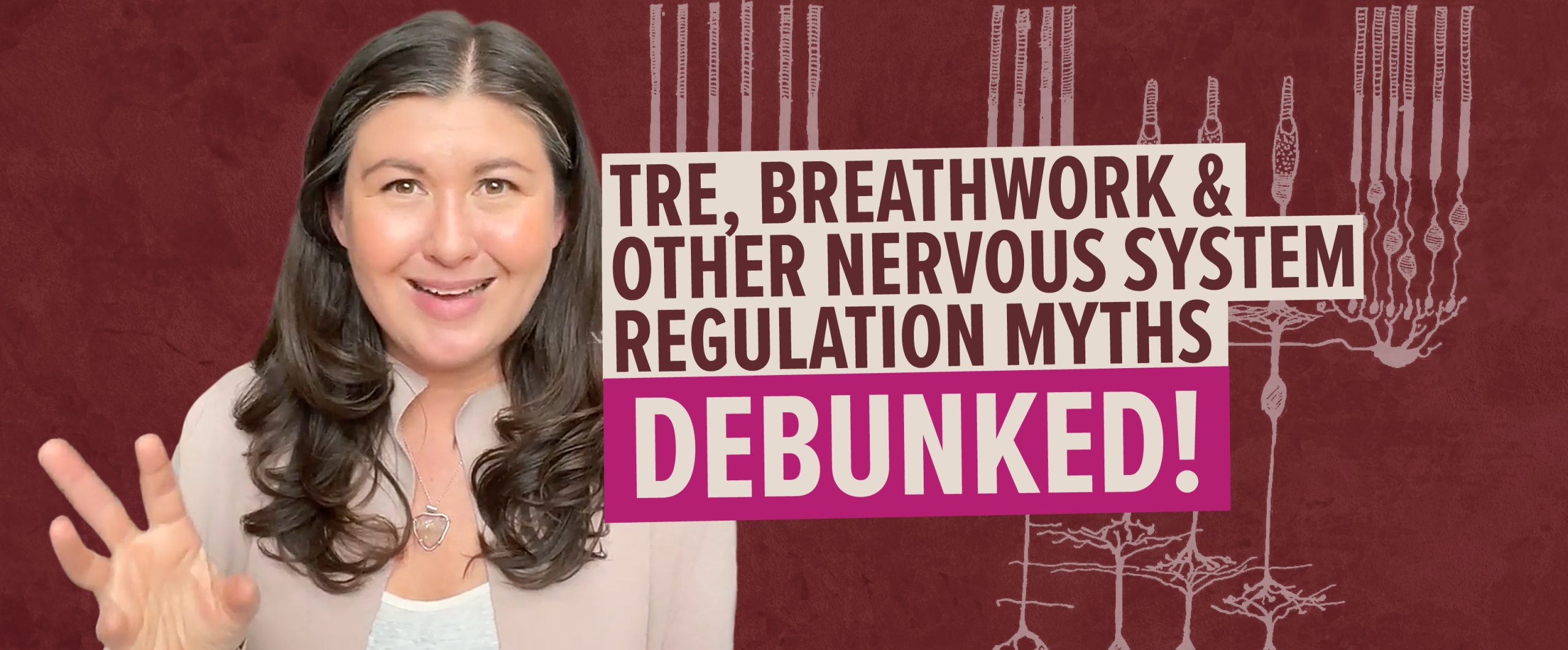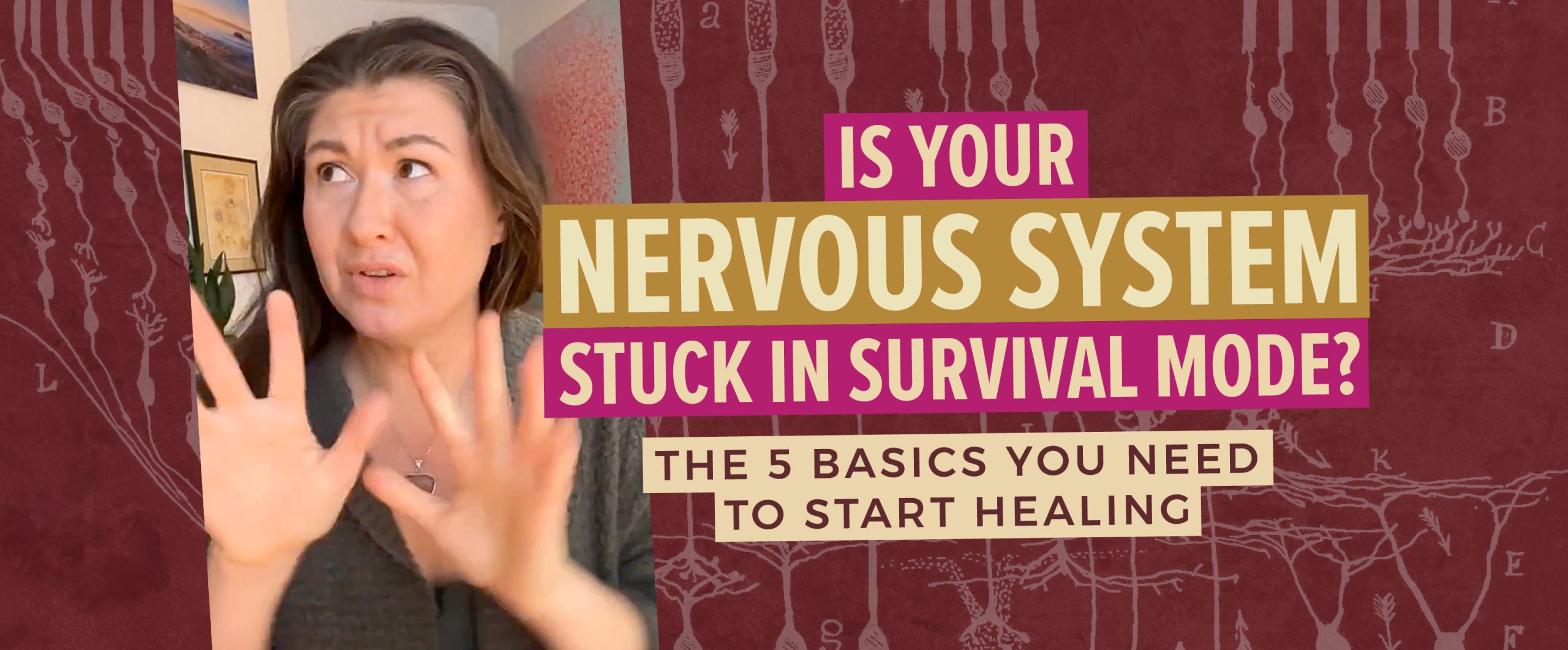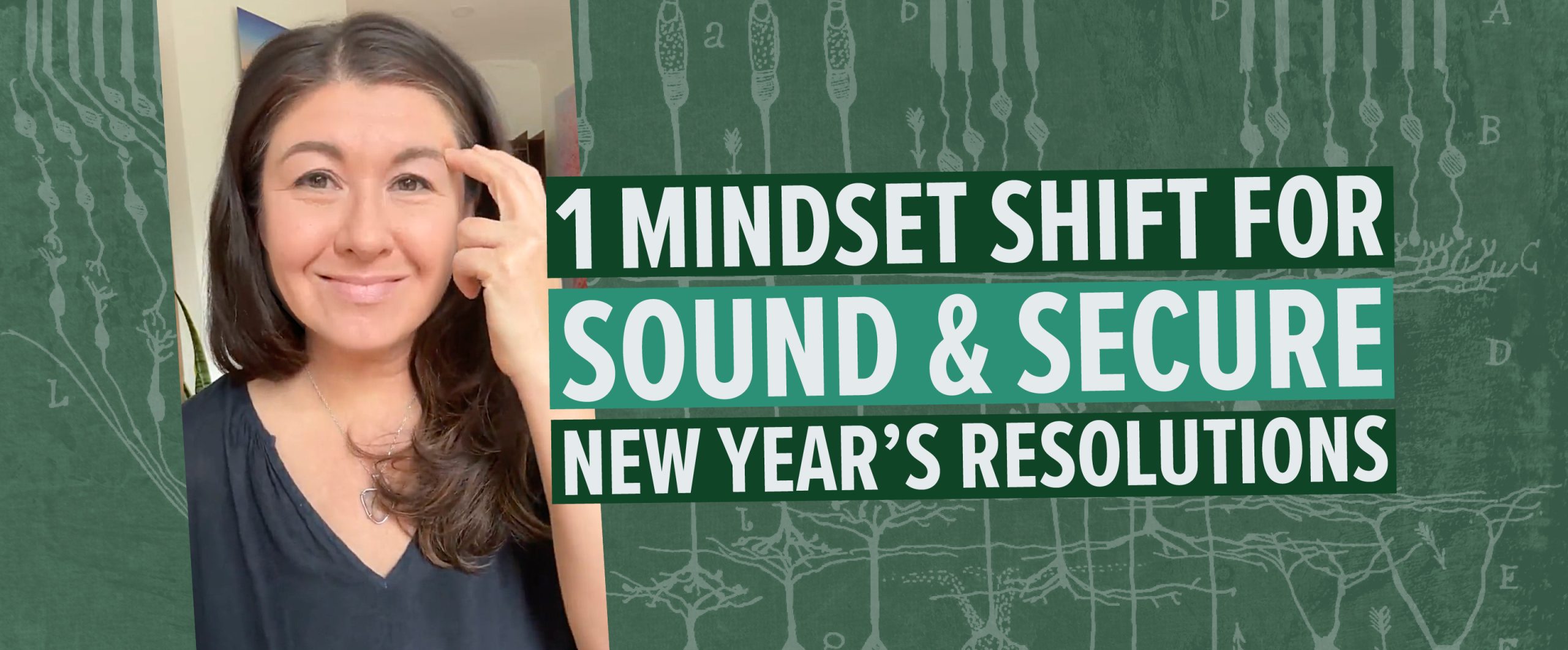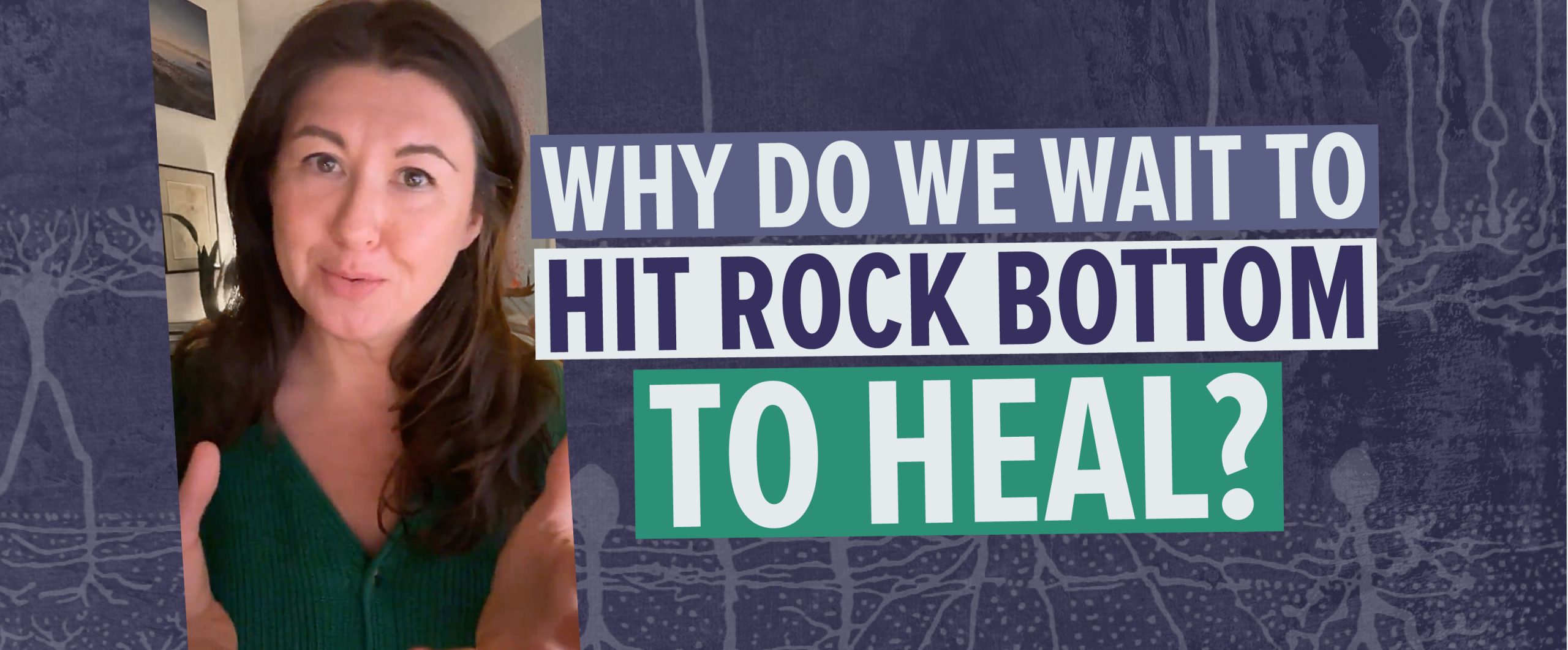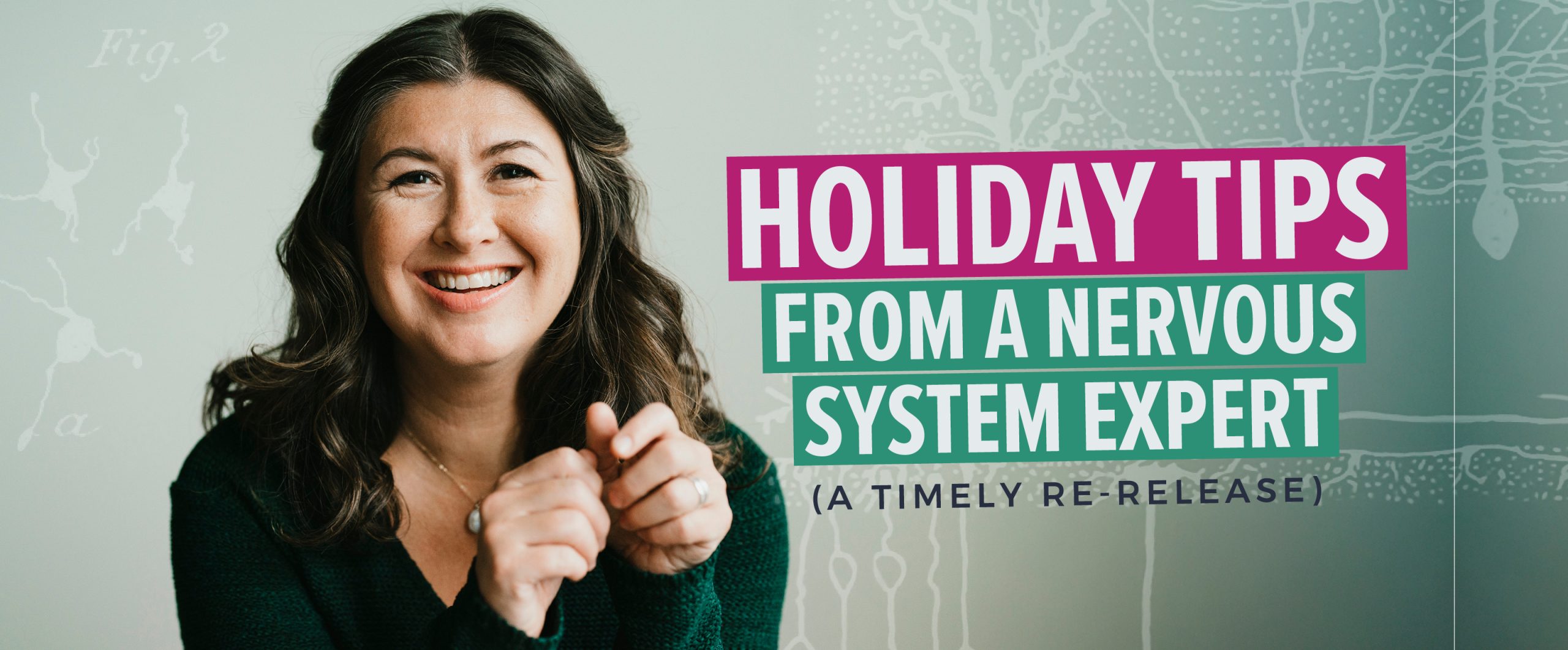
Are you someone who doesn’t want to spend multiple hours a week going to various fitness and group classes to improve your flexibility, strength, balance and self-awareness?
This was me 12 years ago.
I was rehabbing a nasty knee injury and was spending close to 2 hours everyday doing various muscle specific exercises, stretches, using crazy balancing tools, as well as cardio (stationary bike + swimming). This doesn’t even include the weekly visits to the physiotherapist!
It was crazy.
I’m ALL for the cardio activity (what gets your heart and lungs going). We cannot let that one go. As a species we need it for our mental, emotional and physical well-being. The more intense it is the better, and the more diverse it is, better yet!
“But running is too hard on my joints!”
One of the biggest problems I see in my private practice is movement efficiency and body mechanics that are so poor and dis-connected that it is virtually impossible for many people to exercise at an intense levels. Many people say that “running is too hard on their joints” etc., but truthfully, we evolved as upright creatures to run and squat and jump and lunge and crouch. It is simply the lack of diversity in our movement, as well as poor self-awareness, that makes the joints suffer, leading to painful movement.
How do we remedy this?
Abolish the industrialization of movement
The insidious tracking of reps, sets and percentages, or the maintenance of rigid poses that leave very little room for exploration and body creativity is what I like to call the “industrialization of movement”.
The other big industry of movement is the “fixing” of weak and inflexible muscles – very similar to that of a broken down car – in which you only treat the muscle per se, and their surrounding structures, rather than addressing the faulty movement, or even perhaps the lack of any functional movement, that was, and usually is, the contributing factor to the weakness and inflexibility in the first place.
Remember that form follows function. Not the other way around.
A beautiful new born baby doesn’t have a specific form they are trying to achieve when they begin to move and learn about their world. They follow their curiosity, they explore, they play, the function comes through…and then boom…just like that, their spinal curves and hip joints form beautifully. The capacity for balance is there. They aren’t thinking “reps”, “sets”, or “how long can I hold this”!
I can truthfully say that I haven’t done what I call “nitty-gritty-muscle-specific-exercises” since I started learning the Feldenkrais work (which I know teach in private session and group format). I no longer stretch. My balance skills are the best they’ve ever been.
When you challenge your body in a way that is driven by the complex nature that lives between our movement and our nervous system (essentially this interaction is our potential for growth) really good stuff starts to happen.
After all, we can’t have movement without a nervous system, and our nervous system doesn’t expand or grow if we don’t add in more complexity to the movement.
They go hand in hand.
As Forest Gump would say, “They go together like peas and carrots.”

